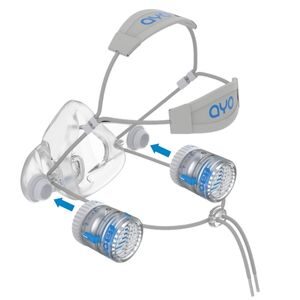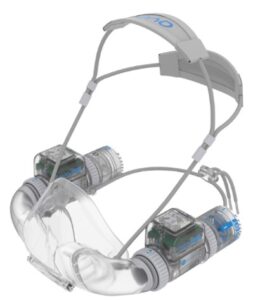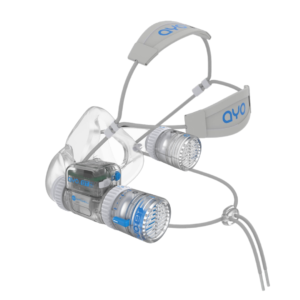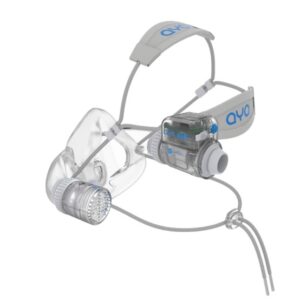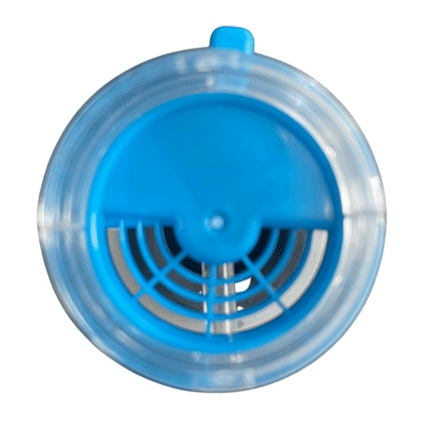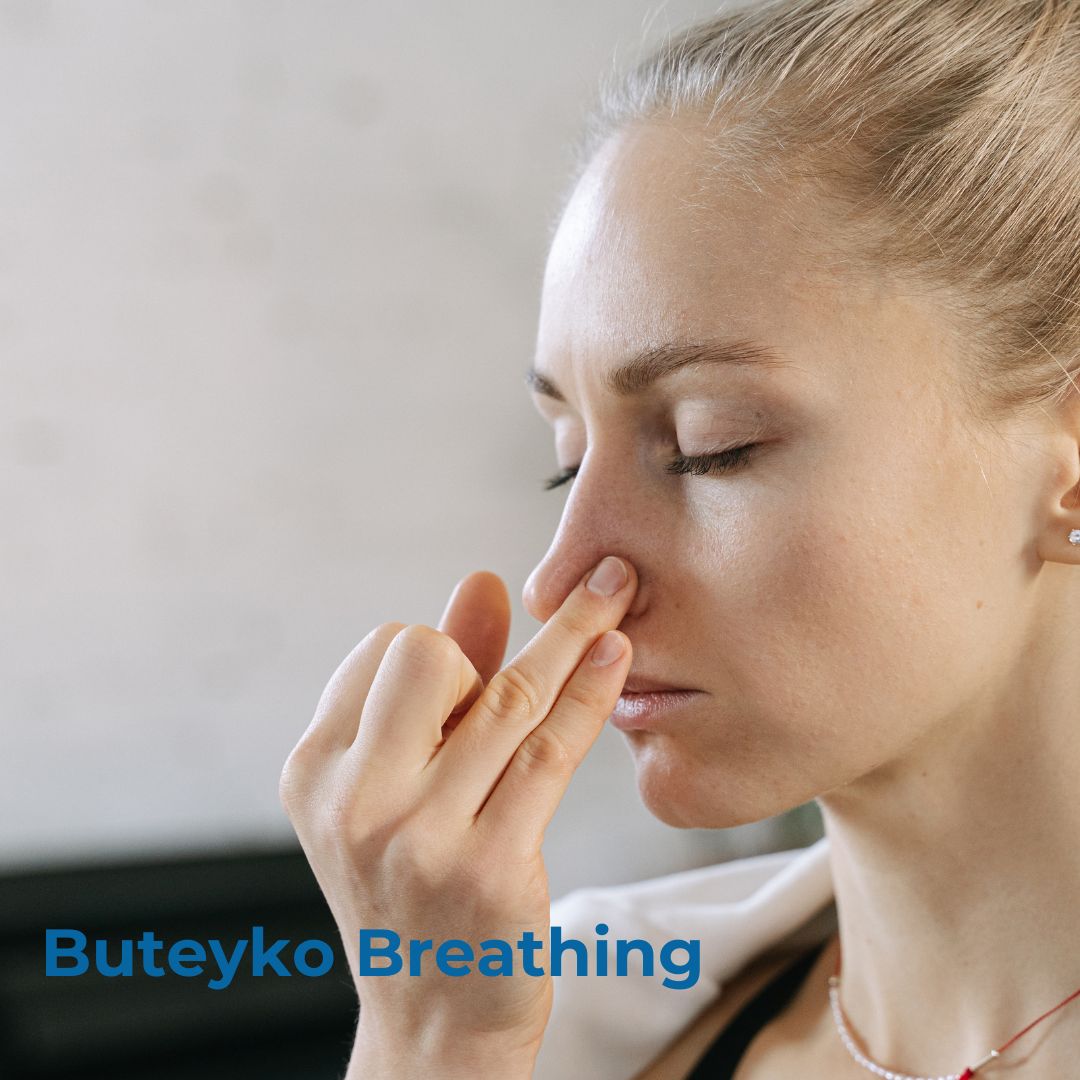Must-have Practices for Relief and Long-Term Prevention of Anxiety Disorders
What are Anxiety Disorders?
Anxiety disorders are severe forms of anxiety becoming illnesses, while typical anxiety is a person’s normal reaction to stress and can be beneficial in some situations when the severity of it is manageable, such as alerting us to dangers and critical situations or helping us prepare and anticipate important events with normal feelings of nervousness or anxiousness.
Anxiety disorders, on the other hand, involve excessive fear, worry, or apprehension, where fear is an emotional response to an immediate threat and is more associated with a fight or flight reaction, and worry refers to the anticipation of a future concern and is more associated with muscle tension and avoidance behaviour.
Anxiety disorders are the most common mental disorders and affect nearly 30% of adults at some point in their lives. Millions of people around the world suffer anxiety daily for various reasons, such as stress from work, family issues, health concerns, financial obligations, etc. Anxiety disorders can affect a person’s ability to work, study, and function in normal activities.
Stress is a common trigger to anxiety and it’s important to catch anxiety symptoms and manage them early and effectively to prevent the development of an anxiety disorder.
Unlike Stress, which is typically caused by an external trigger, once the situation has been resolved, it would go away, but severe anxiety, on the other hand, is defined by persistent, excessive worries that don’t go away even in the absence of an external stressor, thus its origin is internal. Anxiety leads to a nearly identical set of symptoms as stress: insomnia, difficulty concentrating, fatigue, muscle tension, and irritability.
Anxiety disorders are classified in a variety of ways: generalized anxiety, panic disorder, phobias, social anxiety, obsessive-compulsive disorder, and post-traumatic stress disorder (PTSD).
The causes of anxiety disorders are hard to pinpoint but likely involve a combination of factors including genetic, environmental, psychological, developmental, lifestyle, and physiological.
Anxiety disorders are normally treatable by analyzing possible causes and then applying targeted treatment accordingly.
What Are the Key Physiological Links to Anxiety?
In a nutshell, anxiety disorders are the results and symptoms of malfunctioning body organisms, so the first thing to look for is what physiological parts of the body have got affected and then address them directly before doing anything else.
Hyperventilation
It is common knowledge that anxiety causes hyperventilation, and anxiety activates the sympathetic nervous system, sending your body into fight-or-flight mode. During this reaction, stress hormones excite the breathing center in the brain to make breathing heavier.
However, what is less known is that hyperventilation can cause mental disorders including anxiety disorders.
Konstantin P. Buteyko, MD-PhD, is a world-renowned physiologist and the creator of the Buteyko Method, a science-based breathing normalization practice that has since benefited and cured hundreds of thousands of chronic disease sufferers, in particular, asthmatics.
Dr. Buteyko confirmed and was also proved by scientific studies that hyperventilation or Over-breathing is the common cause of a great number of widespread diseases triggered by lifestyle.
One of the diseases that can be caused by hyperventilation is a mental disorder. Here is a summary of his reasoning:
- Chronic hyperventilation causes CO2 deficiency in the body, in particular, in the lungs, blood, brain, organs, and tissue cells including nerve cells, which in turn results in oxygen starvation in the brain, nerve cells, and the body.
- Hyperventilation-caused CO2 deficiency causes pH alkaline shifts in the blood and tissues, altering the metabolic processes.
- CO2 deficiency in the nerve cells excites all of the structures in the nervous system.
- The excited nervous system causes further over-breathing, thus forming a vicious cycle.
- As a result, oxygen starvation in nerve cells, in combination with metabolic malfunctions and an over-excited nervous system, brings about mental disorders, destroys the nervous system in the form of sclerosis of cerebral vessels, and finally causes a deterioration of an individual’s physical and mental health.
This finding is particularly significant in that:
- It identifies over-breathing as a cause or one of the causes of anxiety disorders.
- It indicates hyperventilation can create a vicious cycle with anxiety disorders, as we know anxiety causes hyperventilation, then hyperventilation further intensifies anxiety.
- The conclusion: to break the vicious cycle, we must stop hyperventilation in the first place.
Stress Hormones and Sympathetic Nervous System
The ‘flight-or-fight’ response from anxiety floods the body quickly with a stress hormone called adrenaline. In this type of situation, your brain sends messages to your adrenal glands (located just above the kidneys) to start releasing the hormone into the blood, which activates the sympathetic nervous system to fight or flight accompanied by increasing heart rate, intensifying breathing, raising blood pressure, muscle tension, and restlessness.
However, with chronic or excessive anxiety due to nonphysical or harmless stressors, such as traffic jams, financial worries, frustrating meetings, or relationship troubles, your body can have too much adrenaline and your mind can be affected by a constantly excited sympathetic nervous system which can lead to anxiety disorders.
Relaxing the sympathetic nervous system and controlling the adrenaline to a normal level in situations other than the true dangers or critical events is paramount in order to prevent mental disorders and stay healthy.
How to Relieve or Prevent Anxiety Disorders?
There are many ways to treat anxiety disorders; two of the most common ones are medication and psychotherapy.
However, regardless of either of these treatments that you may seek, we must address the underlining responsible physiological links first before seeking any other treatments or measures, precisely you must:
- Prevent hyperventilation.
- Control the stress hormone and relax the sympathetic nervous system to a normal level.
Here we recommend three effective and proven practices for this purpose:
Buteyko Reduced Breathing
To prevent hyperventilation, Buteyko Reduced Breathing is the most profound and effective method available, as the aim of this breathing technique is to increase the CO2 level in the body, which will effectively prevent hyperventilation if adopted and practiced correctly.
In addition, Buteyko Breathing requires diaphragmatic breathing via the nose, which promotes slower and lighter breathing that activates the parasympathetic nervous system responsible for relaxation and relaxes the sympathetic nervous system responsible for fight-and-flight.
As added benefits, increasing the CO2 level in the body will also help prevent many other underlying chronic diseases, such as damage to the nervous system due to oxygen starvation from hyperventilation, hypertension, metabolism malfunction, and immune system disorders.
A minimum of 1-hour accumulated time of reduced breathing practice is normally required to be effective, especially if your state of hyperventilation is high. However, some parts of the practice can be done at any possible time slot you could find, such as observing or consciously slowing down your breathing during the daily commute, when doing some work that not requiring your full attention, during an easy reading, etc.
Meditation
Meditation has been long proven and confirmed by extensive scientific research for its effectiveness in stress and anxiety relief, relaxing the mind and the sympathetic nervous system.
A regular meditation practice, even just 10 minutes twice a day, can have dramatic effects on stress levels and adrenaline levels. Studies show that meditation is effective at reducing blood pressure and cardiovascular disease, slowing heart rate, and improving immune-system and digestive functioning. This is all due to meditation’s relaxing effects on your body, which switch it from a state of stress, or sympathetic fight or flight nervous system activation, to one of relaxation, or parasympathetic nervous system activation, decreasing amounts of stress hormones like adrenaline and cortisol.
In addition, observing breathing during meditation helps calm and reduce breathing, which in turn helps your concentration during the meditation, which enhances the quality of meditation.
Physical Exercise
Physical exercise helps reduce stress and promotes relaxation. This is because, during exercise, the body releases endorphins, which are neurotransmitters that promote a sense of calm and well-being and reduce pain and discomfort. Exercise also increases blood flow to the brain, which can help improve mood and cognitive functioning.
Regular physical activity also helps reduce muscle tension, promote relaxation, and provide a distraction from worry and negative thinking.
Even just a 10-minute walk a few times a day can be enough to reap the benefits of physical movement to lower stress and anxiety levels that can trigger the release of unwanted adrenaline.
In addition, a prolonged physical exercise of 20 – 30 minutes of light to moderate intensity will help raise your adaptation to CO2 level in a similar way as reduced breathing at rest. So in a sense, physical exercise is an extension of reduced breathing at rest.
Summary
Buteyko Reduced Breathing, Meditation, and Physical Exercise are 3 complementary and interlinked wellness practices, and their regular and persistent practice will provide a solid foundation to relieve and prevent most anxiety disorders.
Further, these 3-practices are so fundamentally beneficial that we all should adopt them in our daily routine, just like our 3-meals each day, to establish a lifestyle that promotes our ultimate well-being regardless of if we suffer from anxiety disorders or not.

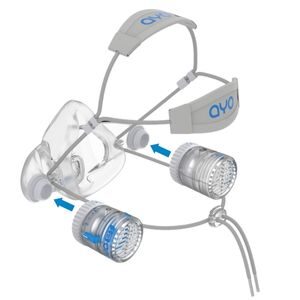 BTi on the left side and BTo on the right side.
BTi on the left side and BTo on the right side.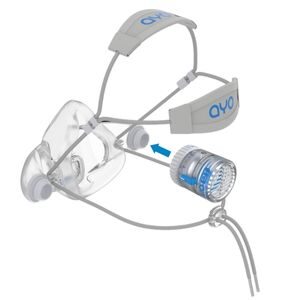 BTi on the right side
BTi on the right side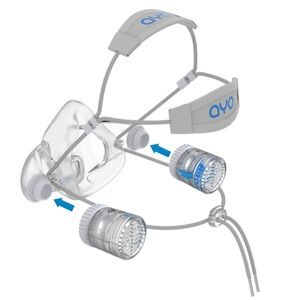 BTi on the right side and BTo on the left side.
BTi on the right side and BTo on the left side.